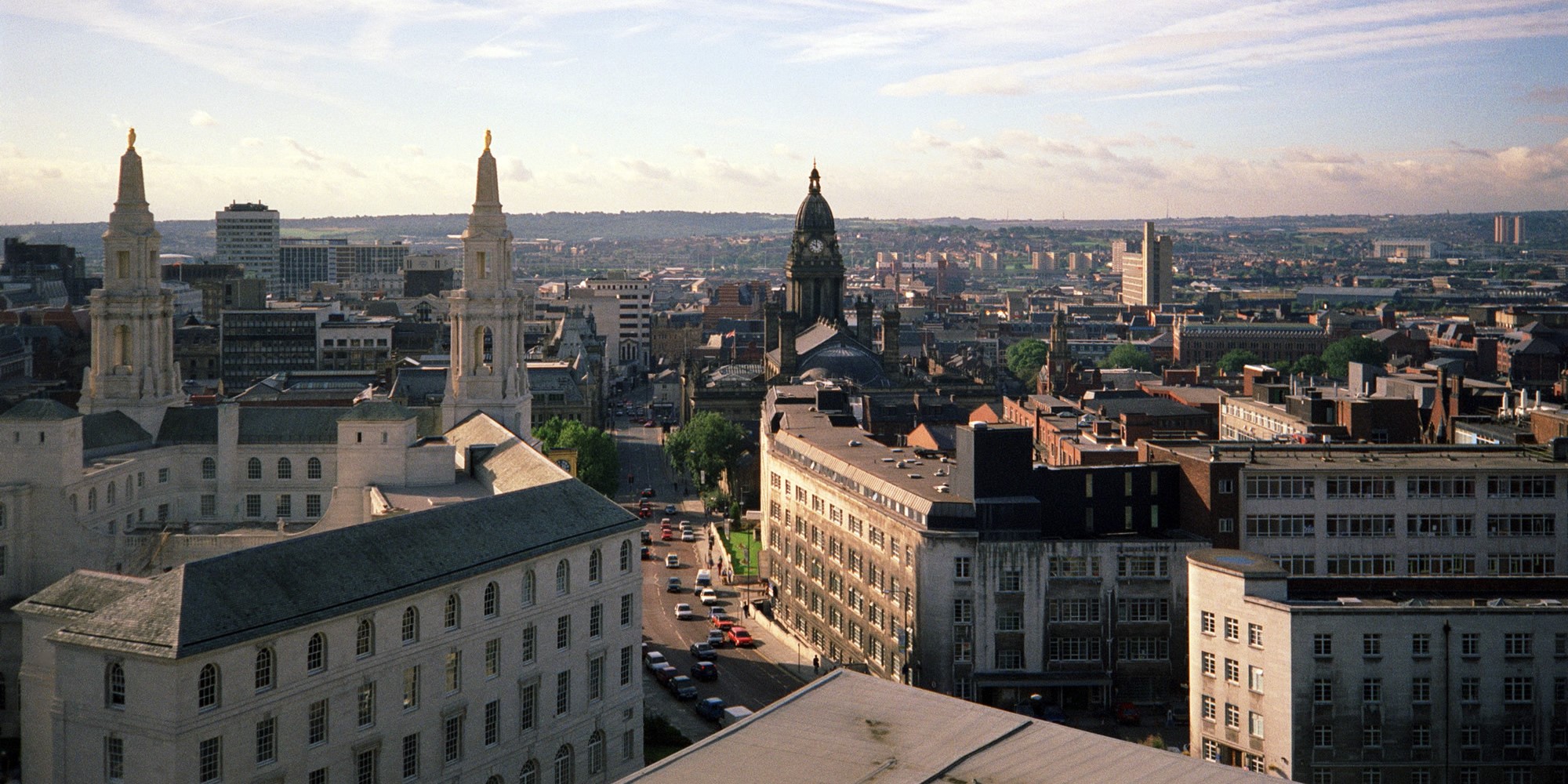One of my good friends doesn’t do ‘reflective’. Which would explain why she’s never noticed the trail of damage and broken hearts she leaves behind.
I tend to look at the past, because you can’t know where you’re heading without knowing where you’ve been. Which, I think, she finds somewhat exasperating. The truth, as with most things, lies somewhere between those extremes.
I’ve lived in Leeds all my life (so far). In an effort to do some exercise while waiting for the phone to ring with job offers, I’ve been getting my step count up by walking around the city centre. It’s impossible not to notice what’s changed, although I rarely feel the urge to stop outside a shop and wonder “what used to be here?”
In the early 1980s, I had to get a bus in to town to go to school. I’d get off the bus on Whitehall Road, outside the Royal Mail Sorting Office, opposite the CEGB offices. Then I’d walk down Northern Street, underneath the railway bridge and along Wellington Street past the Aireside Centre. When I got close to the Yorkshire Post building I’d cross, walk underneath the Inner Ring Road flyover, cross again and head up past some waste ground towards Park Lane. From there I had a choice of routes uphill to my final destination, St Michael’s College.
Thirty-five years on, none of these buildings exist. St Mick’s is being turned into flats, the waste ground is now home to TD Direct, the YP building has gone and will be replaced by flats. The Aireside Centre is now Whitehall Place and the sorting office is flats, shops and the new Central Square development. And the CEGB offices… well, that’s where I live!
Not learning from history
Change is inevitable – entropy sees to that, plus things like disability legislation. St Michael’s College opened in 1905 as a Jesuit college for boys only, it had enough trouble going co-ed as I recall. It’s what we do when we decide to make changes that is important.
In the 1930s the city fathers decided a spot of slum clearance was in order. They demolished buildings along Guildford Street, Lower Head Row and Upper Head Row, widened it to two lanes in each direction with a wide central reservation and pavement. New buildings were built, north and south. And thus The Headrow was born, connecting Westgate and Eastgate. Their 21st-century successors have agreed to close off Eastgate to traffic as part of the second stage of Victoria Gate, pushing traffic from wide streets on to narrow, parallel ones. They call it “progress”. You can guess I’m not impressed.
Beerage
When I was 18 or so we had a regular Friday night crawl through the pubs in town. Not the same pubs every week, but we would frequent Stumps, the Athænium Tavern, The Jubilee, The Bank, The Old Steps and Heads & Tails. None of these places exist now, The Old Steps being the last to be converted into something else (and only The Bank is a drinking establishment).
A few of the places remain virtually intact of course, just with cleaner windows and better lighting: The Duck & Drake (Kirkgate), The Templar (Templar Street), The Horse & Trumpet (Headrow), The Wrens (Merrion Street), The Victoria (Great George Street). And Whitelocks, although the ‘top bar’ is now called Turks Head Yard.
But I rarely drink with those friends any more, our lives have moved on and they’ve moved away. I have new friends, and we drink in new places. And make new memories. Which, I think, is entirely the point.
